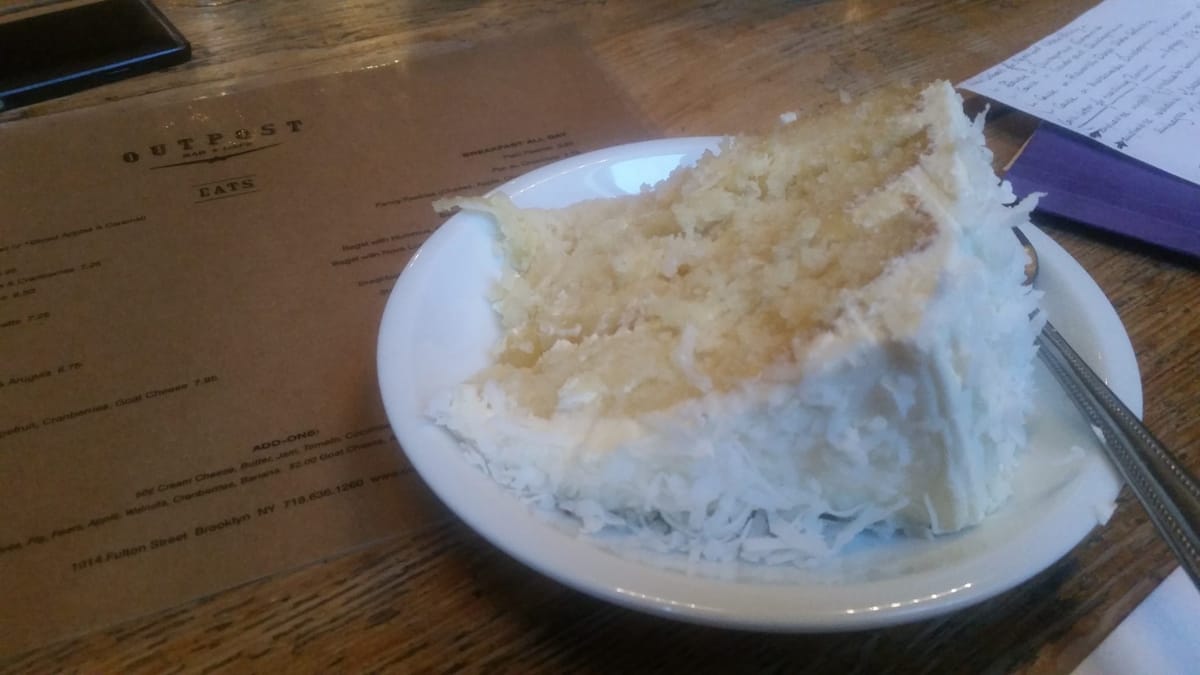Our Buildings: 200 Lafayette Avenue


What makes a neighborhood? People, pets and the stories that make up our days. But we also have our buildings, the places where we work, play, eat, sleep, learn and live. Throughout Fort Greene and Clinton Hill, you will find everything from colonial brownstones to housing projects to luxury apartments: buildings that have been here since the earliest days of this country. Have a building you think we should highlight? Let us know in the comments or email us at TheNabe@TheNabe.me.
How often do you come across a clapboard house in the middle of Brooklyn? In a neighborhood of brick rowhouses and brownstones, the bright yellow building at 200 Lafayette Avenue stands out as a remnant of a time when Brooklyn was still mostly farmland, but beginning to urbanize as middle-class families flocked to the city.

200 Lafayette Avenue was built around 1845 and marks a transition between architectural styles, according to the Landmarks Preservation Commission. Many of the oldest buildings still standing in Clinton Hill are built in a style known as “Greek Revival,” including rowhouses with few stylistic flairs aside from elaborately framed doorways. 200 Lafayette, however, was designed at a time when Italianate style was becoming popular. To picture an Italianate style, just imagine a Brooklyn brownstone; many are great examples of the architectural style, with triangles topping windows and leaf-like details around the doorways. 200 Lafayette bridges the two styles, maintaining the austerity of a country farmhouse with the detailed touches of what Brooklyn would become.
To preservationists, 200 Lafayette Avenue has another name: the Joseph Steele house. Named after it’s original owner, a resident of Brooklyn Heights, the Steele house was sold in 1853 to Joseph K. Brick, the first president of the Brooklyn Union Gas Company. The house stayed in the Brick family for 50 years until it was sold to a man named R.N. Skinner in 1903. The Joseph Steele House was awarded landmark status in 1968.




